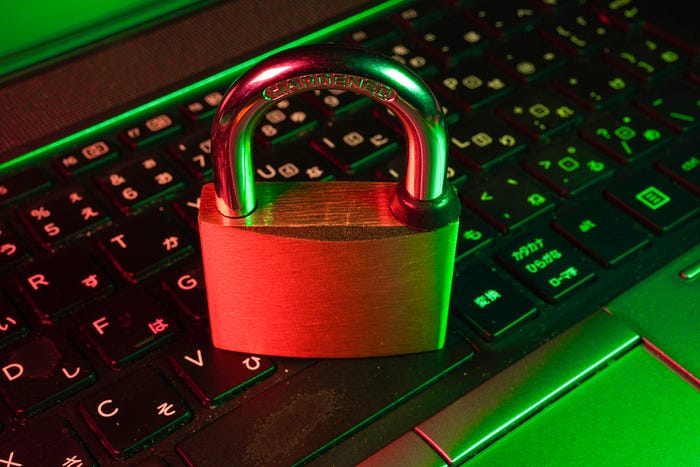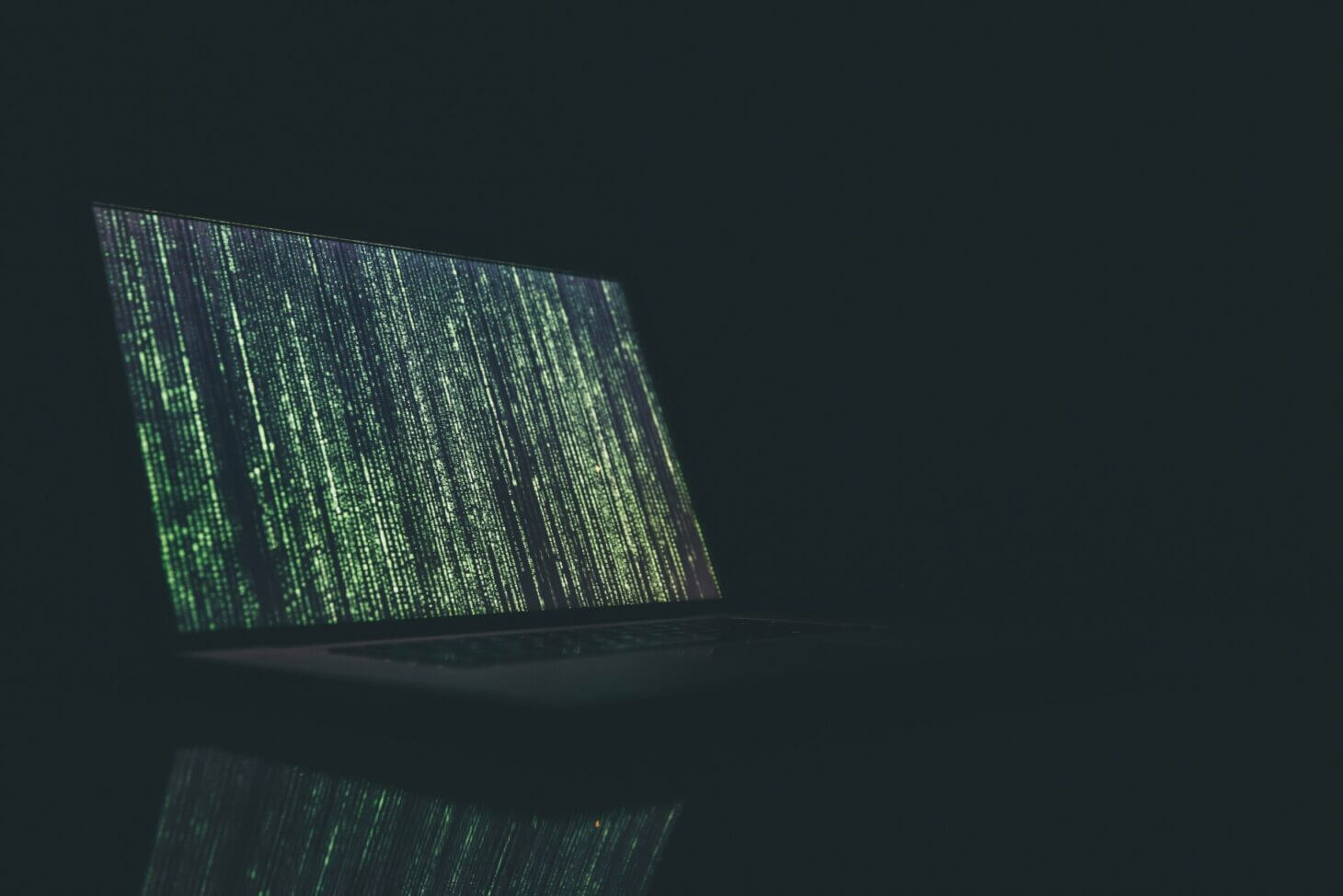Cybersecurity is a broad topic that encompasses a large area within the IT security field. I published a short but meaningful article to get an overview that would motivate me to do more. Of course, this will be based on the reader’s interests, but I am confident that the content will cover some hot topics in 2024.
I will begin by discussing the differences between Information Security and Cyber Security. Do you know the difference?
Cyber Security is often used interchangeably with Information Security, but they are two different things, even though their underlying principles are similar.
Information Security (Infosec)

Information Security refers to security procedures and practices broadly used to protect sensitive corporate data and assets from misuse, unauthorized access, disruption, and destruction.
Overall, Infosec encompasses environmental and physical security to preserve data privacy, such as financial information, customer account information, and intellectual property.
Infosec covers four main categories: Governance, Confidentiality, Integrity, and Availability, also known as the “CIA Triad.”
Governance Framework
The Infosec and Governance Framework represents a set of guidelines and routines for managing the structure, protecting sensitive information, and implementing security procedures and controls. The Information Security and Governance Framework was aligned with the NIST Cybersecurity Framework and GDPR.
Confidentiality
Confidentiality is crucial for personal and business information and refers to an organization’s efforts to ensure that data is kept private or secret from unauthorized disclosure. Access to information must be controlled to prevent sharing data such as medical records, financial information, business information such as trade secrets, or strategies that may give competitors an advantage.
Confidentiality may be compromised in different ways, such as direct attacks focused on gaining system access or an attacker attempting to infiltrate databases or applications that can be manipulated. For example, in a man-in-the-middle (MITM) attack, an attacker intercepts the data flow between the client and the server.
Integrity

Integrity covers the moral principles of honesty and ensuring that data are trustworthy and not tampered with. Data must be authentic, reliable, and accurate. Only accurate or complete data may lead to correct actions or decisions that compromise the integrity of the data.
Data integrity can be achieved via the lifecycle, from acquisition to processing and dissemination. In other words, the data can be protected using hashing, digital certificates, encryption, or digital signatures. Websites can be verified by authenticity and adopted as trustworthy certificate authorities (CAs). Data can include, but are not limited to, confidential business information, and one method for verifying its integrity is non-repudiation, which refers to when something cannot be denied or repudiated.
Availability
Data must be available, and even if kept confidential and secure, it is useless unless it is available to employees and their customers.
Organizations should have policies and protocols in place and have plans to respond to security incidents when they occur. In addition, they should regularly perform penetration testing and test their systems, in addition to backups.
Failure to do so may lead to severe data breaches, which can damage the reputation, cause revenue loss, and result in regulatory penalties that may affect the stock market. In addition, availability can be compromised via acts of sabotage, denial-of-service (DoS) attacks, or ransomware that cause downtime and disrupt business operations.
CyberSecurity

Cyber security aims to reduce the risk of cyber-attacks and protect networks, applications, and technologies from unauthorized access and exploitation of vulnerabilities in system networks.
Cyber security can also be defined as controlling and applying technologies designed to protect systems, program devices, and networks from cyber-attacks.
The costs of cyber security breaches are rising, and with AI cyber-attacks, they are becoming increasingly sophisticated and continue to grow.
These attacks may include malware, ransomware, or social engineering, often targeting employees who lack security training. Cybercrime is a lucrative business, and organizations must constantly be proactive to keep up their routines and standards to keep the systems up to date.
Cybersecurity breaches can severely impact organizations, facing significant fines, revenue loss, and reputational damage.
There are different cyber threats, and some of the most common are:
- Malware can be classified as ransomware, spyware, trojans, viruses, botnet software remote access trojans (RATs), and worms.
- DNS (Domain name system) poisoning attacks. You are compromising DNS by redirecting traffic to an attacker’s website.
- Backdoors, which provide the attacker with remote access.
- Cryptojacking is accomplished by installing cryptocurrency software.
- Distributed denial-of-service (DDoS) attacks, flood systems, or servers with so much traffic that they shut down.
Five types of cyber security
- Application security
- Network security
- Cloud Security
- IoT (Internet Of Things) security
- Critical infrastructure cyber security
This broad field encompasses many related security categories, which will be discussed in future articles. Subscribe and comment for more exciting articles.
Computer security
Automotive security
Cybercrime
Cybersex trafficking
Computer fraud
Cybergeddon
Cyberterrorism
Cyberwarfare
Electronic warfare
Internet security
Mobile security
Copy protection
Digital rights management (DRM)



